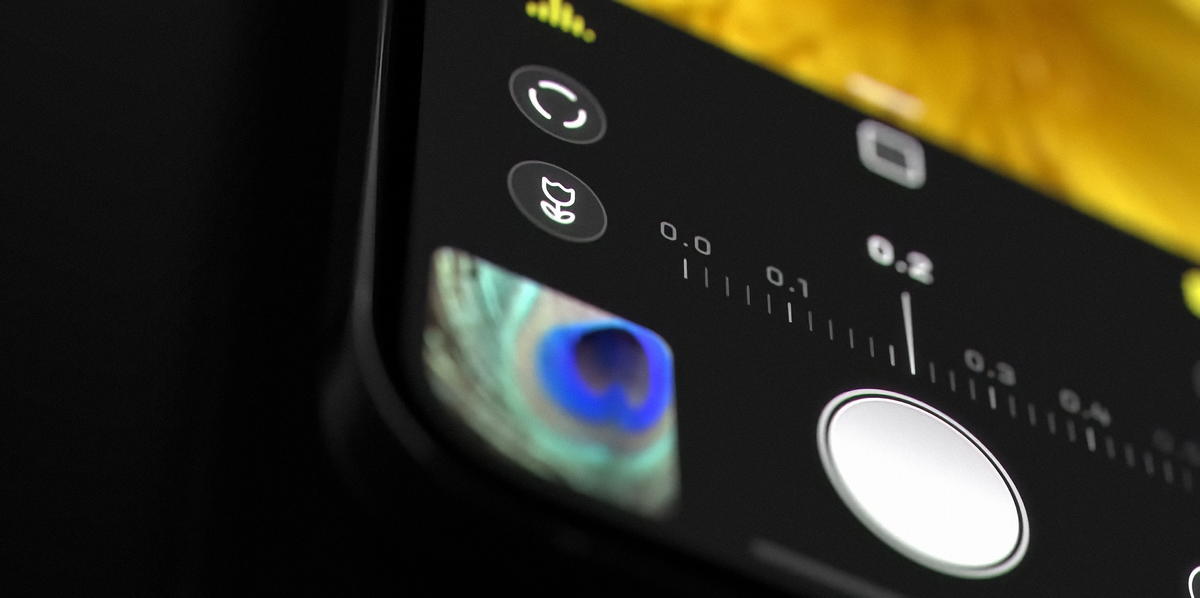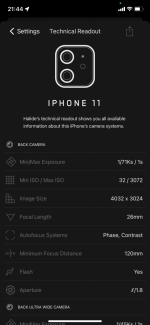GardenersHelper
In Memoriam
- Messages
- 6,344
- Name
- Nick
- Edit My Images
- Yes
With my current setup I can only get down to 4.5mm scene width. For smaller scenes I have to crop. Because I use very small apertures there is a lot of softening from diffraction and so the images don't contain enough information to allow for much cropping.
One way round this would be to open up the aperture when I know I am going to crop. This would reduce the diffraction softening and give greater scope for cropping. However this approach presents two difficulties. One is that getting the centre of focus placed where I want it is more difficult with the subject small on the screen. The other is that it is difficult to work out on the spur of the moment how much to open up the aperture suitable for the amount of cropping that will be done and then make the aperture adjustment and an associated ISO adjustment. With a small/moving subject this is just too slow to be workable.
An alternative would be to use a camera with a smaller sensor, set up to use the appropriate aperture for that sensor size. Even for the smaller scenes the subject would be at its normal size on the screen to make focusing easier (as in, no harder than usual). And the aperture would be permanently set for that sensor size, so I wouldn't have to spend time on altering it (and losing some shots because of the time needed for the alterations, and other shots lost by getting the spur of the moment calculations wrong).
I considered using the same lens arrangement with a smaller sensor camera - I have tried this in the past with both APS-C and MFT and it worked, but with my particular APS-C and MFT cameras it didn't work very well because of practical issues. A couple of days ago I was thinking about one of the newer Canon APS-C cameras which have focus peaking (my 70D doesn't) when I remembered that I could use my Sony full frame cameras in APS-C mode (with a 1.5 crop factor similar to the Canon 1.6X crop factor).
I am currently using a Sony A7sii for invertebrate macros. This has only 12 mpix on the sensor but because my images have so little information in them having more pixels doesn't help (I know, I have tried, with the A7ii and A7rii. All I get is larger file sizes to deal with, with no improvement in image quality, and possibly not quite as effective focus peaking). Using the A7sii in APS-C mode would mean using only 5 mpix. However, my 1300 pixel high images only have around 2.5 mpix, so in fact 5 mpix of sensor pixels might be enough. So I decided to try it.
I was thinking of having two 'memory' setups I could switch between, one using the full sensor, set up to use the f/45 that I have been using for a while now, and one set up to use APS-C, with a larger aperture. Unfortunately one of the few settings the A7sii won't let you incorporate into a memory setup is FF/APS-C, so I would have to do that through the menus, but because the menus come up with the last setting you were on that would be fairly fast to do. This would be combined with using one click of the top dial to move to a memory setup with the appropriate aperture and ISO.
The question then arises of what would be the appropriate aperture with APS-C to match the f/45 I use with the whole sensor. The calculations are a bit complicated, and I'm not confident I have them completely right anyway, but they suggested f/32 might be about right. I did a mini session in the church grounds opposite with f/32, came back and batch processed the images and had a quick look, and then went back for another mini session, this time using f/36. The first five of the images below are from the first, f/32, session and the last three are from the second, f/36, session.
The way I envisage using this approach would be to switch to APS-C mode only for the smallest scenes, but for testing purposes I decided to leave the camera in APS-C mode for all of the two mini sessions irrespective of scene size just to see how it performed. In terms of handling, it worked well. The subjects were an appropriate size on the screen and focus peaking worked just as well (and for some scenes just as poorly) as when using FF mode. So, operationally it was fine; the issue then is image quality.
As usual, the raw files were processed in DXO PhotoLab, then Lightroom, then Topaz DeNoise AI. The first four and the last one also used Topaz Sharpen AI (with extremely mild settings). Using Sharpen AI is unusual for me, and his might be a sign that the APS-C setup is suboptimal in terms of image quality. However, it is too small a sample to be sure about that, and also there were not many subjects and the ones I did find were mostly awkward to get at and/or moving around too fast for comfort, both of which increase the variability of focus plane placement. However, even if there is a small penalty in terms of image quality (and there might not be), for the smallest scenes that might be a price worth paying in order to have a better chance of actually capturing the shot in the first place. I need to experiment more with this.
One thing this exercise underlines for me is that, depending on what you doing, pixel count and sensor size may come very low down on the list of key factors (to the extent of being more or less irrelevant in some cases). This is in line with the conclusions I came to when comparing my images of invertebrates from small sensor bridge cameras, MFT and APS-C cameras, where I found no discernible difference in image quality as between the sensor sizes. (Interestingly though, it was different with close-ups of flowers and other botanical subjects, for which the small sensor bridge cameras did seem to produce inferior results. Incidentally, I think similar considerations apply to lens sharpness, although that was not an issue in this exercise.)
There are 1300 pixel high versions of these images and the others from the two mini sessions in this album at Flickr.
#1
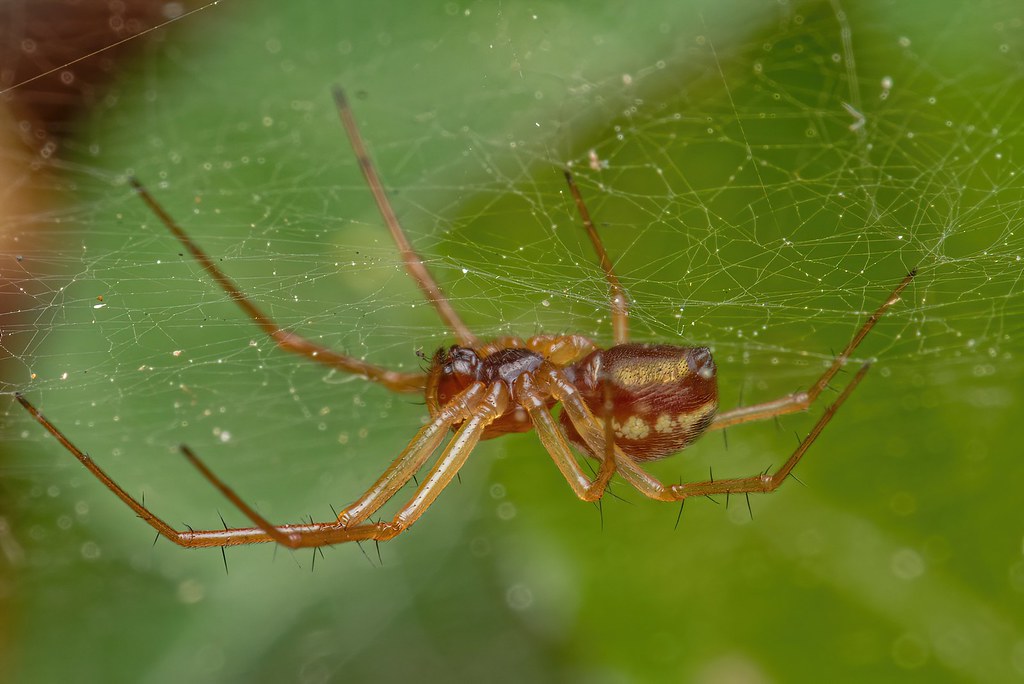
2028 01 2022_03_23 DSC03852_PLab5 LR 1300h DNAIcLoLo AIS by gardenersassistant, on Flickr
#2
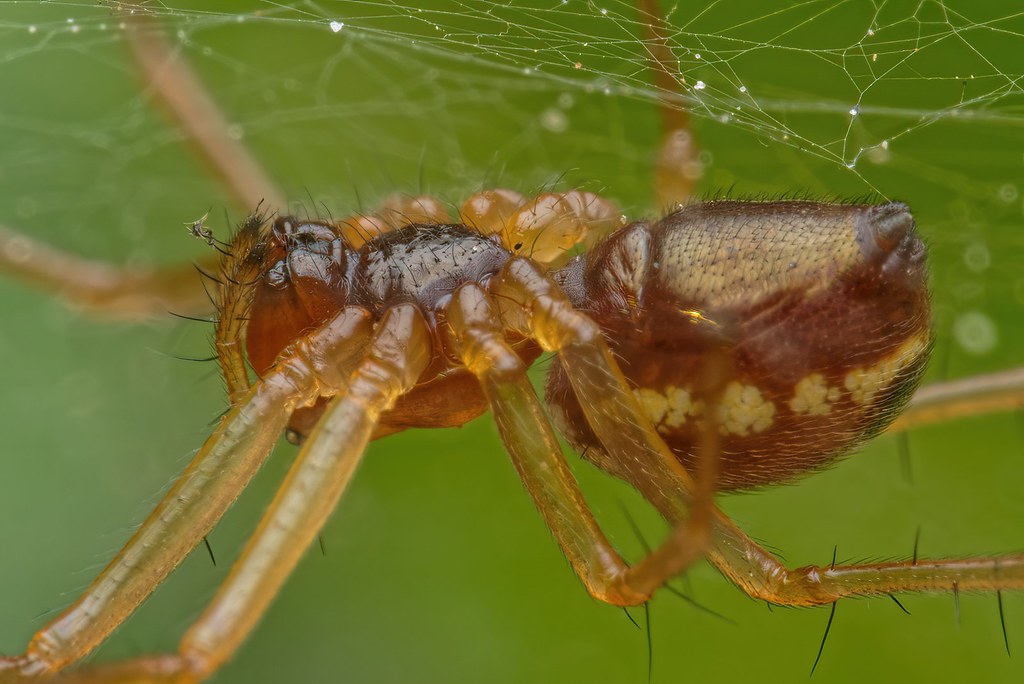
2028 03 2022_03_23 DSC03875_PLab5 LR 1300h DNAIcLoLo AIS by gardenersassistant, on Flickr
#3
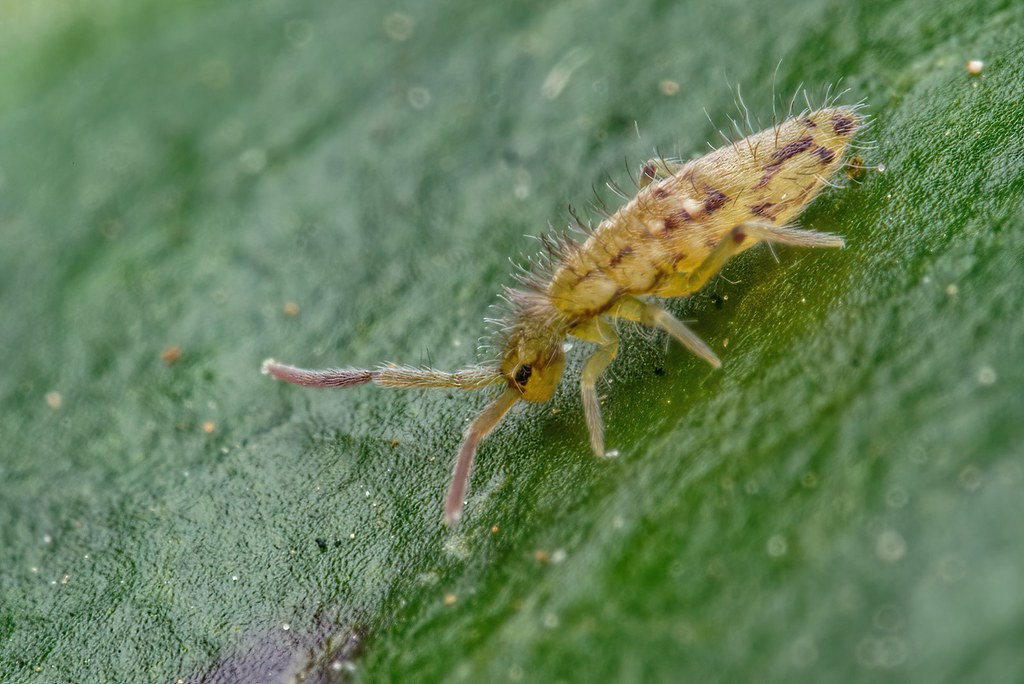
2028 04 2022_03_23 DSC03907_PLab5 LR 1300h DNAIcLoLo AIS by gardenersassistant, on Flickr
#4
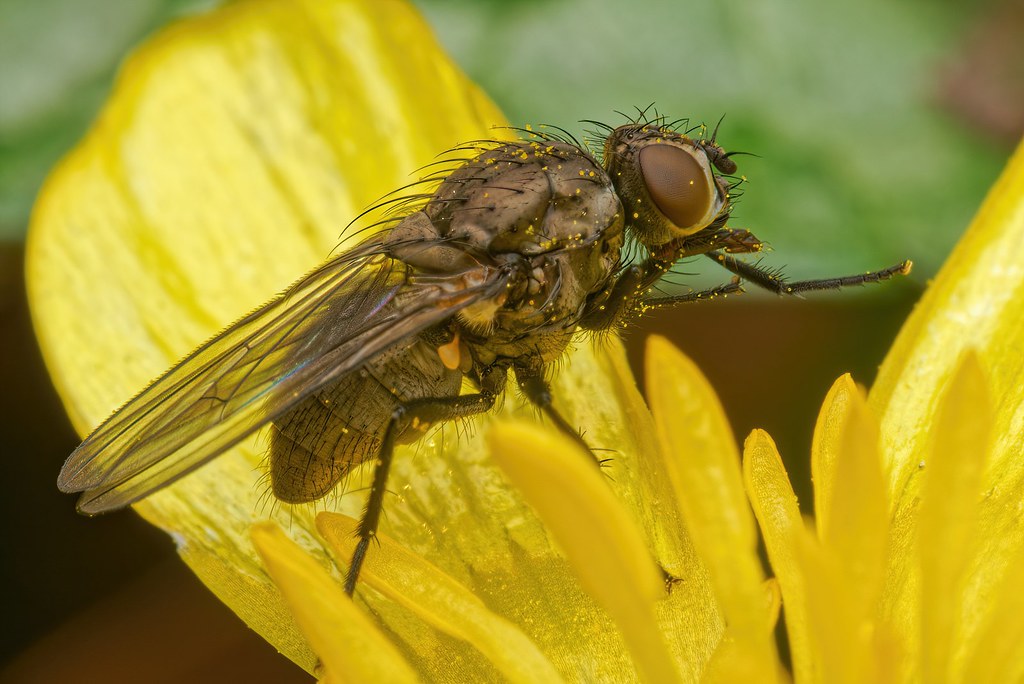
2028 09 2022_03_23 DSC03990_PLab5 LR 1300h DNAIcLoLo AIS by gardenersassistant, on Flickr
#5
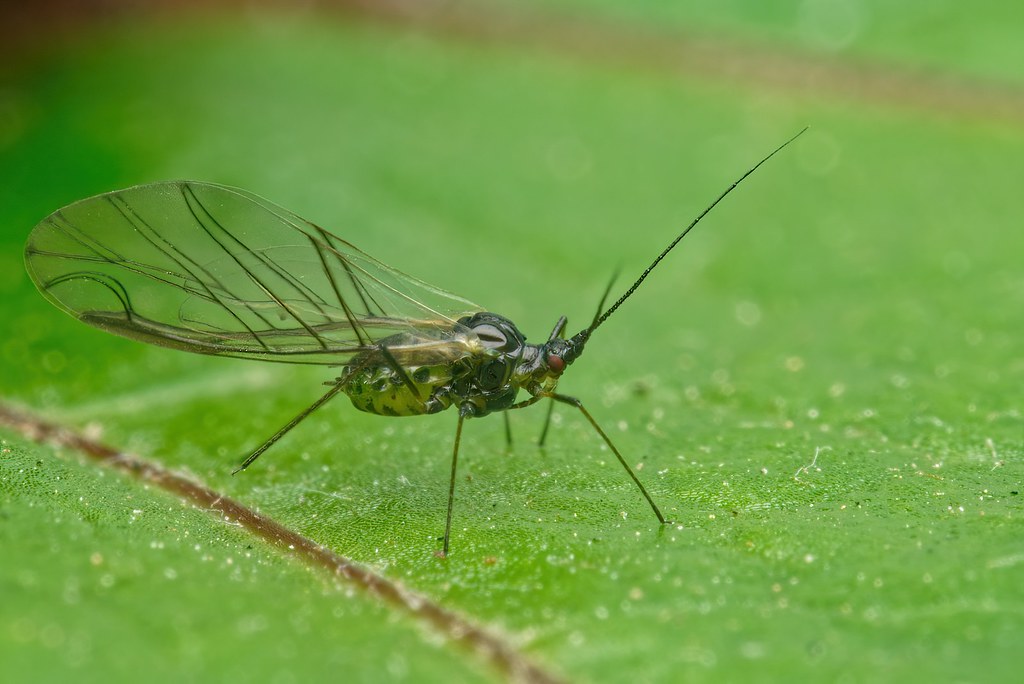
2028 14 2022_03_23 DSC04031_PLab5 LR 1300h DNAIcLoLo by gardenersassistant, on Flickr
#6
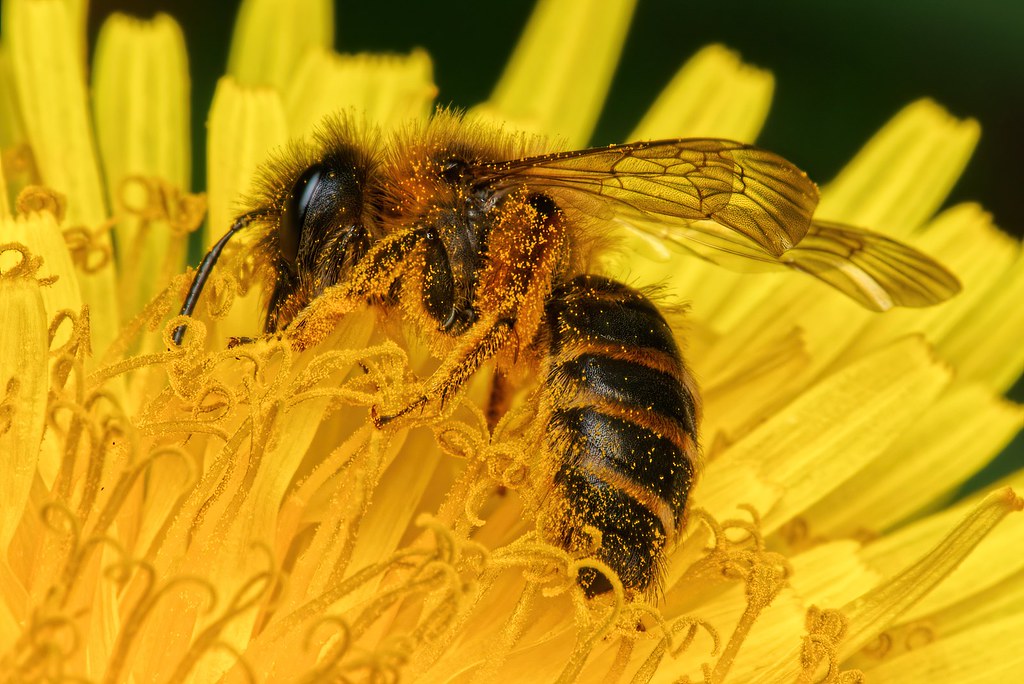
2028 17 2022_03_23 DSC04049_PLab5 LR 1300h DNAIcLoLo by gardenersassistant, on Flickr
#7
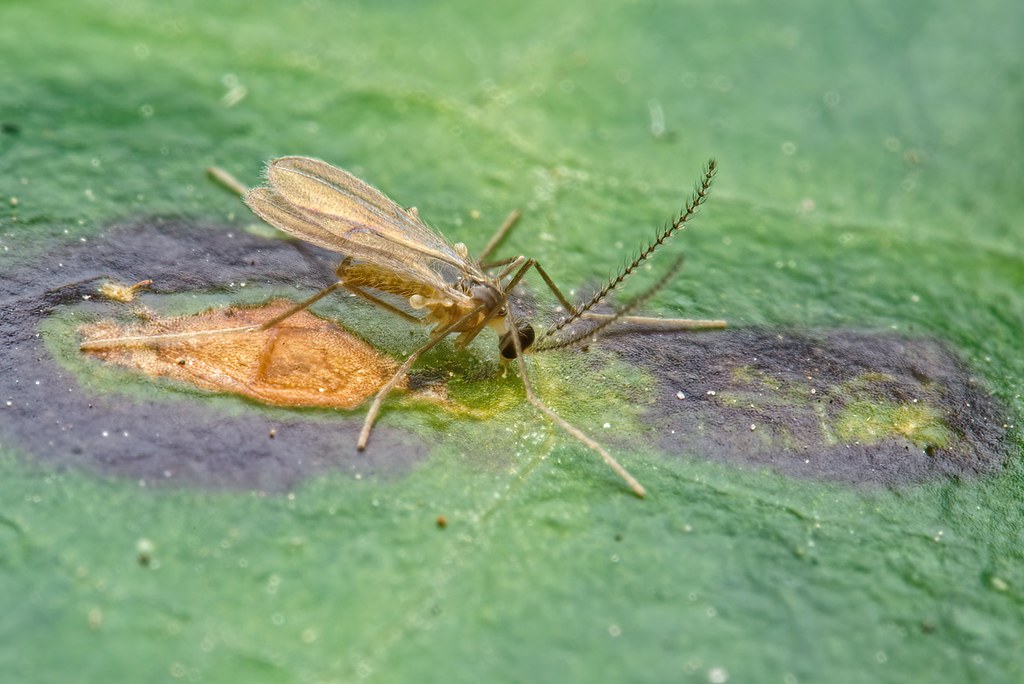
2028 21 2022_03_23 DSC04066_PLab5 LR 1300h DNAIcLoLo by gardenersassistant, on Flickr
#8
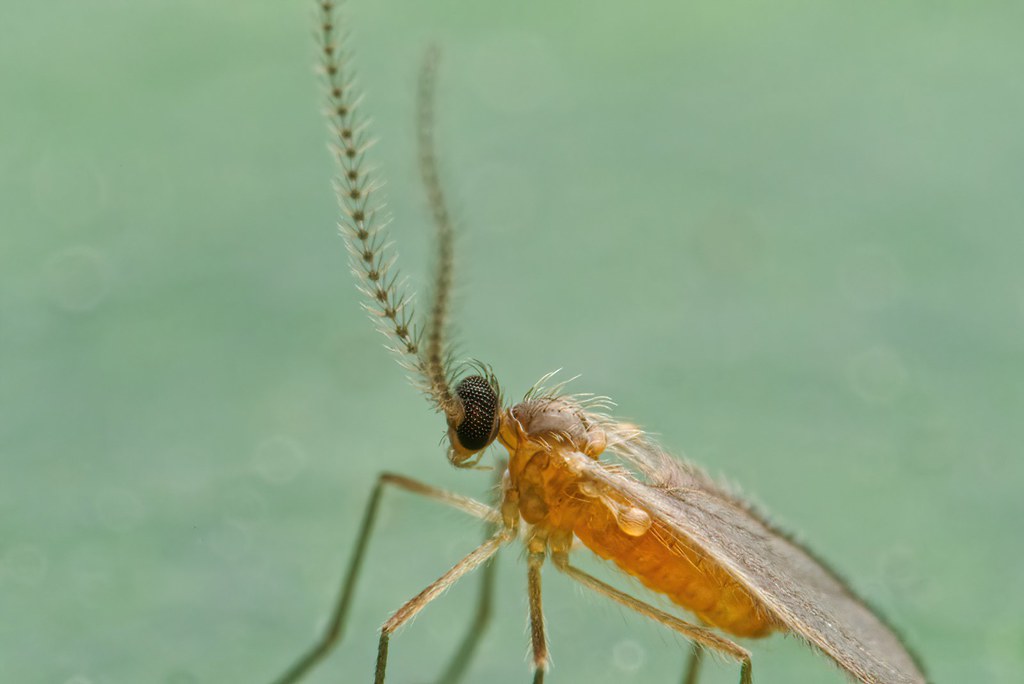
2028 26 2022_03_23 DSC04136_PLab5 LR 1300h DNAIcLoLo AIS by gardenersassistant, on Flickr
One way round this would be to open up the aperture when I know I am going to crop. This would reduce the diffraction softening and give greater scope for cropping. However this approach presents two difficulties. One is that getting the centre of focus placed where I want it is more difficult with the subject small on the screen. The other is that it is difficult to work out on the spur of the moment how much to open up the aperture suitable for the amount of cropping that will be done and then make the aperture adjustment and an associated ISO adjustment. With a small/moving subject this is just too slow to be workable.
An alternative would be to use a camera with a smaller sensor, set up to use the appropriate aperture for that sensor size. Even for the smaller scenes the subject would be at its normal size on the screen to make focusing easier (as in, no harder than usual). And the aperture would be permanently set for that sensor size, so I wouldn't have to spend time on altering it (and losing some shots because of the time needed for the alterations, and other shots lost by getting the spur of the moment calculations wrong).
I considered using the same lens arrangement with a smaller sensor camera - I have tried this in the past with both APS-C and MFT and it worked, but with my particular APS-C and MFT cameras it didn't work very well because of practical issues. A couple of days ago I was thinking about one of the newer Canon APS-C cameras which have focus peaking (my 70D doesn't) when I remembered that I could use my Sony full frame cameras in APS-C mode (with a 1.5 crop factor similar to the Canon 1.6X crop factor).
I am currently using a Sony A7sii for invertebrate macros. This has only 12 mpix on the sensor but because my images have so little information in them having more pixels doesn't help (I know, I have tried, with the A7ii and A7rii. All I get is larger file sizes to deal with, with no improvement in image quality, and possibly not quite as effective focus peaking). Using the A7sii in APS-C mode would mean using only 5 mpix. However, my 1300 pixel high images only have around 2.5 mpix, so in fact 5 mpix of sensor pixels might be enough. So I decided to try it.
I was thinking of having two 'memory' setups I could switch between, one using the full sensor, set up to use the f/45 that I have been using for a while now, and one set up to use APS-C, with a larger aperture. Unfortunately one of the few settings the A7sii won't let you incorporate into a memory setup is FF/APS-C, so I would have to do that through the menus, but because the menus come up with the last setting you were on that would be fairly fast to do. This would be combined with using one click of the top dial to move to a memory setup with the appropriate aperture and ISO.
The question then arises of what would be the appropriate aperture with APS-C to match the f/45 I use with the whole sensor. The calculations are a bit complicated, and I'm not confident I have them completely right anyway, but they suggested f/32 might be about right. I did a mini session in the church grounds opposite with f/32, came back and batch processed the images and had a quick look, and then went back for another mini session, this time using f/36. The first five of the images below are from the first, f/32, session and the last three are from the second, f/36, session.
The way I envisage using this approach would be to switch to APS-C mode only for the smallest scenes, but for testing purposes I decided to leave the camera in APS-C mode for all of the two mini sessions irrespective of scene size just to see how it performed. In terms of handling, it worked well. The subjects were an appropriate size on the screen and focus peaking worked just as well (and for some scenes just as poorly) as when using FF mode. So, operationally it was fine; the issue then is image quality.
As usual, the raw files were processed in DXO PhotoLab, then Lightroom, then Topaz DeNoise AI. The first four and the last one also used Topaz Sharpen AI (with extremely mild settings). Using Sharpen AI is unusual for me, and his might be a sign that the APS-C setup is suboptimal in terms of image quality. However, it is too small a sample to be sure about that, and also there were not many subjects and the ones I did find were mostly awkward to get at and/or moving around too fast for comfort, both of which increase the variability of focus plane placement. However, even if there is a small penalty in terms of image quality (and there might not be), for the smallest scenes that might be a price worth paying in order to have a better chance of actually capturing the shot in the first place. I need to experiment more with this.
One thing this exercise underlines for me is that, depending on what you doing, pixel count and sensor size may come very low down on the list of key factors (to the extent of being more or less irrelevant in some cases). This is in line with the conclusions I came to when comparing my images of invertebrates from small sensor bridge cameras, MFT and APS-C cameras, where I found no discernible difference in image quality as between the sensor sizes. (Interestingly though, it was different with close-ups of flowers and other botanical subjects, for which the small sensor bridge cameras did seem to produce inferior results. Incidentally, I think similar considerations apply to lens sharpness, although that was not an issue in this exercise.)
There are 1300 pixel high versions of these images and the others from the two mini sessions in this album at Flickr.
#1

2028 01 2022_03_23 DSC03852_PLab5 LR 1300h DNAIcLoLo AIS by gardenersassistant, on Flickr
#2

2028 03 2022_03_23 DSC03875_PLab5 LR 1300h DNAIcLoLo AIS by gardenersassistant, on Flickr
#3

2028 04 2022_03_23 DSC03907_PLab5 LR 1300h DNAIcLoLo AIS by gardenersassistant, on Flickr
#4

2028 09 2022_03_23 DSC03990_PLab5 LR 1300h DNAIcLoLo AIS by gardenersassistant, on Flickr
#5

2028 14 2022_03_23 DSC04031_PLab5 LR 1300h DNAIcLoLo by gardenersassistant, on Flickr
#6

2028 17 2022_03_23 DSC04049_PLab5 LR 1300h DNAIcLoLo by gardenersassistant, on Flickr
#7

2028 21 2022_03_23 DSC04066_PLab5 LR 1300h DNAIcLoLo by gardenersassistant, on Flickr
#8

2028 26 2022_03_23 DSC04136_PLab5 LR 1300h DNAIcLoLo AIS by gardenersassistant, on Flickr
Last edited:


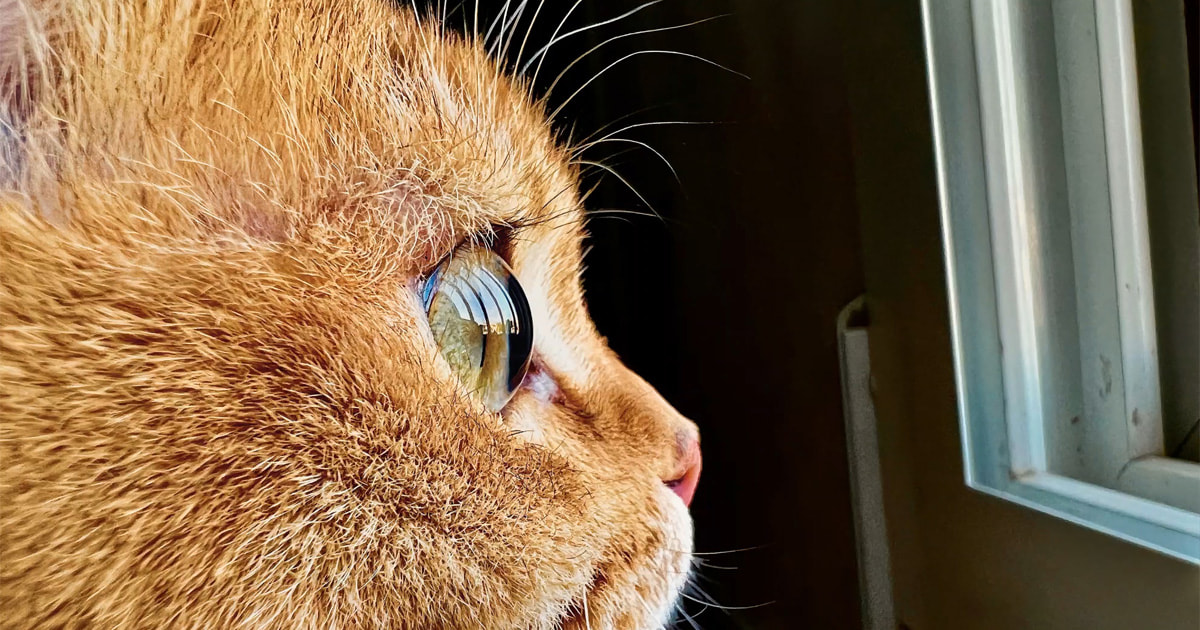
 ) :
) :